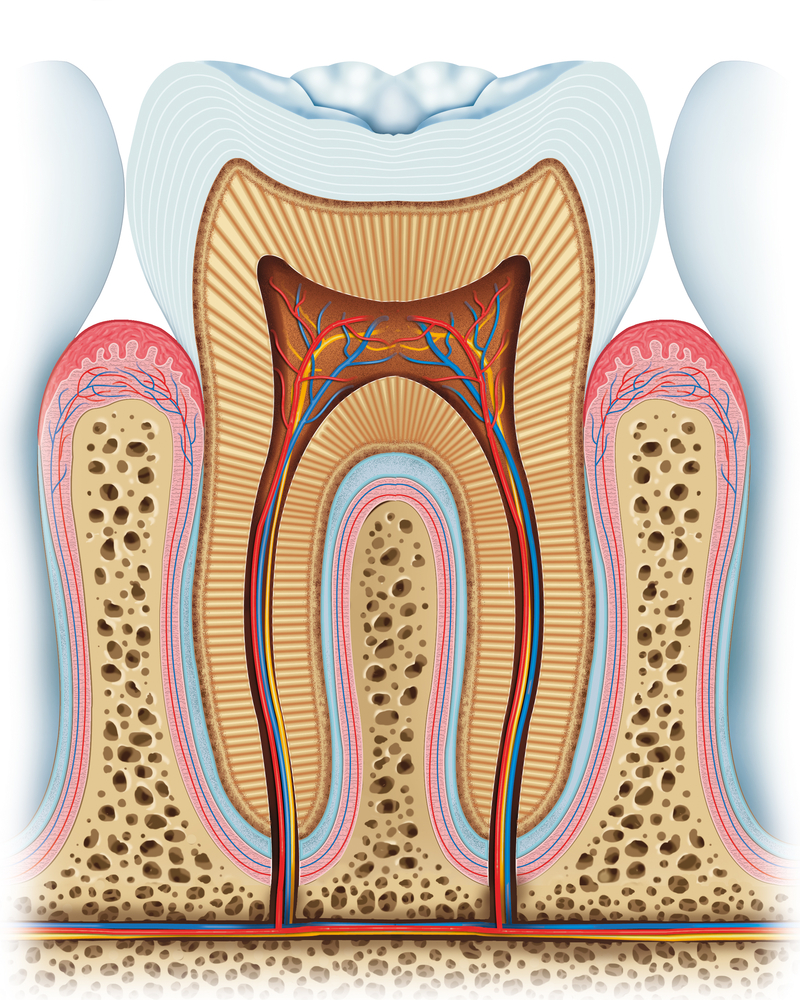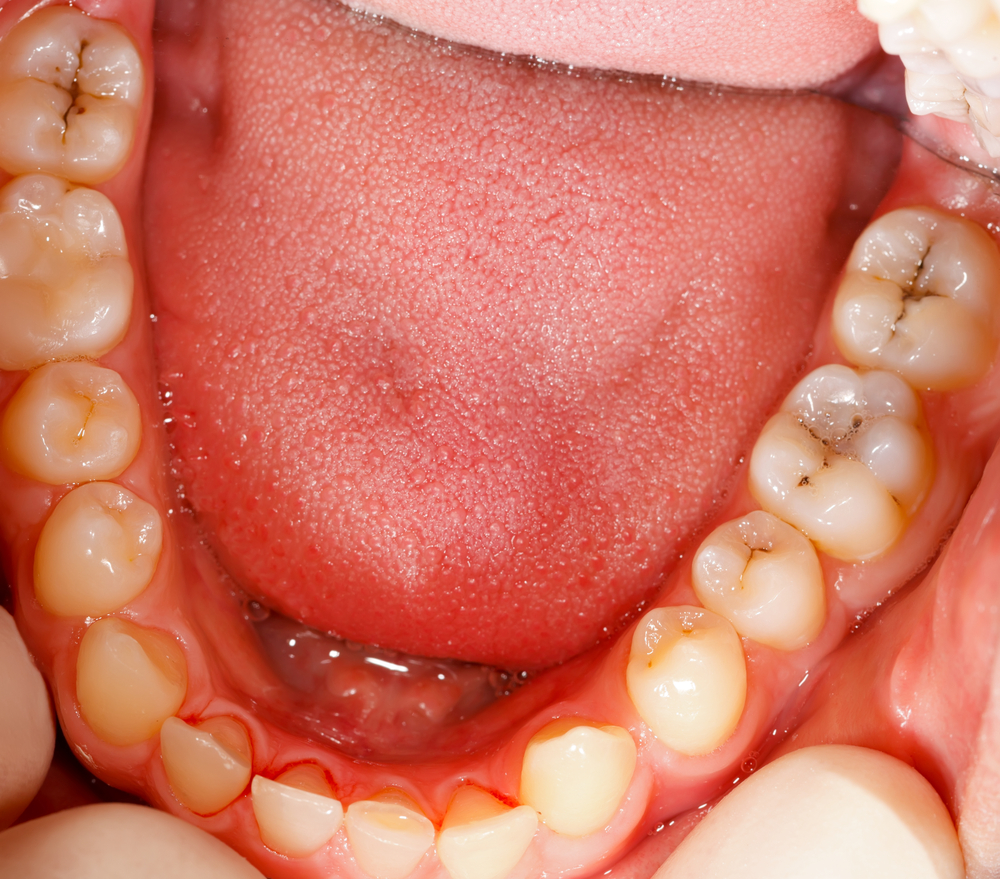Tooth decay is a serious problem. Over 90% of American adults have had at least one cavity. For good dental health, it’s important to maintain a dental routine.
Enamel, the outer layer of your teeth, protects the teeth and keeps them strong.
Plaque is constantly building up on your teeth; when you brush and floss your teeth, you remove that plaque. If the plaque isn’t sufficiently removed, the bacteria in plaque feed on sugars in the food you eat. The acid gradually breaks down your enamel, leading to tooth decay.
As the tooth continues to decay, a hole forms; this is a cavity. An untreated cavity can lead to severe tooth damage, requiring a root canal, or even to the total loss of the tooth, requiring a tooth extraction. It’s crucial for the sake of your dental health to get any cavities treated as soon as possible.
Here are 4 common signs that you may have a cavity.
Pain or Sensitivity
If one of your teeth hurts when you chew, or if you have a constant toothache, you may have a cavity.
A tooth has three layers: enamel, dentin, and pulp (where the roots and nerves are located). As the protective layer of enamel decays, the nerves in your tooth have one less layer protecting them. When a cavity forms, chewing can be incredibly painful. If the decay reaches the pulp, your tooth can become infected and result in a consistent, throbbing pain.

A cavity allows food and drinks to get closer to your tooth’s nerves. If you have a tooth that has become unusually sensitive to hot or cold foods, you may have a cavity.
Sometimes, people with cavities will develop a sensitivity to sweets. If you experience an odd “tingly” feeling in your tooth when eating sweets, it’s likely that you have a cavity.
Bad Breath
As a tooth decays, bacteria continue to multiply if the decay isn’t treated. Bacterial growth can lead to bad breath. If you’ve developed bad breath while continuing a good dental routine, you may have a cavity.
Noticeable Holes, Pits, or Dark Spots
One of the most accurate ways to determine whether you have a cavity is to examine your teeth. If you see any dark spots, pits, or holes in your teeth, you probably have a cavity.
Because you use your back teeth for the majority of your chewing, you’re most likely to develop a cavity there. When checking your teeth for any visible holes, make extra effort to check the teeth in the back of your mouth.

The best way to prevent cavities is to follow the recommended dental care routine:
- Brush your teeth twice a day with a fluoride toothpaste
- Floss once a day, cleaning out the hard-to-reach areas of your teeth
- Visit your dentist every six months
It’s extremely important to visit your dentist every six months; the dentist and dental hygienist have the necessary tools to identify and treat existing cavities and potential spots of decay.
If you believe you have a cavity and want to schedule a dental appointment, contact Greenspoint Dental in Houston, Texas. We are dedicated to providing you and your loved ones with the best dental care.

